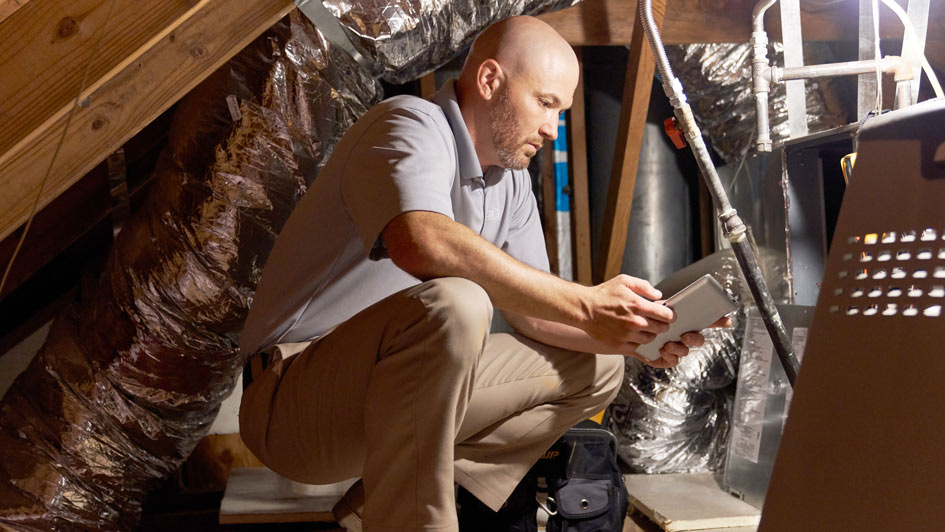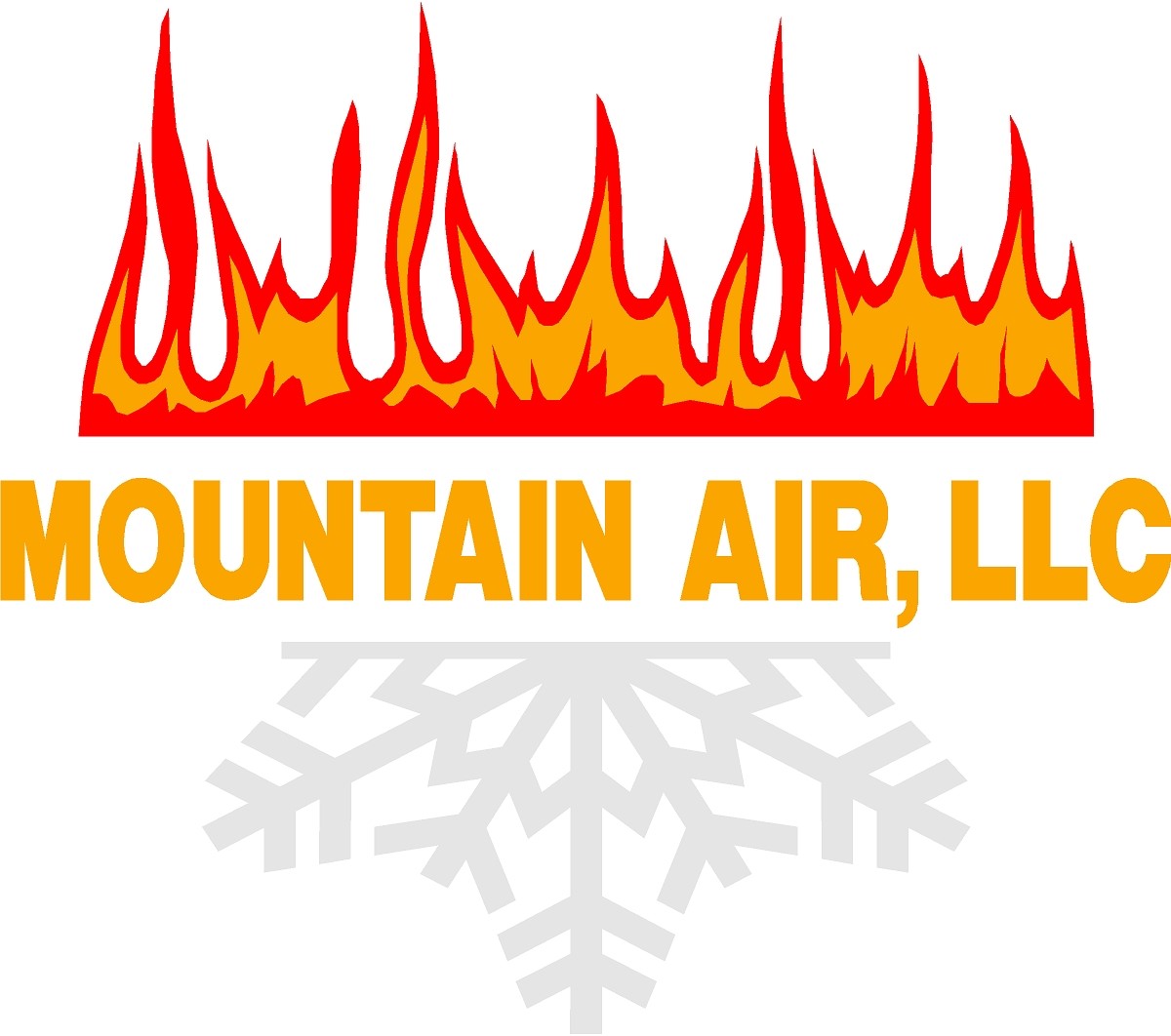
Where you aware that more than 50% of your home’s energy costs are needed for your heating and cooling? That’s why it’s critical to have an energy-efficient HVAC system.
Furnace efficiency standards were last revised to an Annual Fuel Utilization Efficiency (AFUE) rating of 80% in 2015. This rating system illustrates how effective your furnace is at natural gas into heat. An AFUE rating of 80% means your furnace loses about 20% of the fuel it uses while producing heat.
In 2022, the Biden Administration recommended new energy-efficiency standards for residential gas furnaces that would greatly lower emissions, save money and promote sustainability.
The updated standards are projected to:
- Save Americans $1.9 billion annually.
- Reduce carbon emissions by 373 million metric tons and methane emissions by 5.1 million tons over 30 years, the equivalent of what 61 million homes emit annually.
Starting in 2029, the updated rule would require all new gas furnaces to feature AFUE ratings of 95%. This means furnaces would combust nearly 100% of the gas into usable heat.
So what does all of this mean for your existing furnace in 2023? Currently, not much, as the proposed rule won't go into effect until 2029 at the earliest and does not affect furnaces that are already in use.
But if your furnace is nearing the end of its life and a replacement is needed in soon, highly energy-efficient furnaces are already available. Learn how these furnaces can lower your monthly energy bills.
Guide to Condensing Furnaces
How Condensing Furnaces Work
A condensing furnace is a type of heating system that uses a secondary heat exchanger to capture wasted heat from the furnace's exhaust gases. This reduces the amount of energy wasted, improves energy efficiency and lowers carbon-monoxide emissions. It also involves less natural gas to produce the same amount of heat when compared to other types of furnaces.
How Condensing Furnaces Differ from Non-Condensing Furnaces
The primary difference between a condensing furnace and a non-condensing furnace is that the former uses a secondary heat exchanger to collect any wasted heat from its exhaust gases, while the other does not.
Expected Longevity of a Condensing Furnace
The life span of a condensing furnace depends on the brand, model and other factors. In most cases, a condensing furnace is likely to last between 10-20 years with sufficient maintenance and regular service. If your heating system doesn’t have regular furnace maintenance, the equipment may not last as long.
Why Condensing Furnaces Are More Expensive
Usually, condensing furnaces are more expensive than non-condensing furnaces. This is partially for their increased efficiency and the extra hardware necessary to capture any wasted heat from its exhaust gases. However, the extra energy savings can often offset the cost of purchase. So long term, it may be worthwhile investing in a condensing furnace.
Guide to Variable-Speed Furnaces
Variable-Speed Furnaces: What They Are and How They Work
A variable-speed furnace can adjust its fan speed to better meet the heating preferences of your home. It operates at a slower speed until it senses a drop in temperature and then ramps up to supply more heat. This [precise fan is significantly more efficient than traditional furnaces, as it only consumes the minimum amount of energy required to heat your home, saving you money in the long run.
Most variable-speed furnaces are condensing furnaces, although some are available in non-condensing models with lower AFUE ratings. In order for a furnace to be classified as a condensing furnace, it must offer an AFUE rating of 90% or higher.
Do Variable-Speed Furnaces Run Constantly?
A variable-speed furnace doesn’t operate all the time. Alternatively, it runs at different speeds according to the temperature in your Morgantown home as well as the amount of energy it uses to sustain that temperature.
When sufficient energy is demanded to maintain your desired temperature level, the furnace will increase to a higher speed to handle the demand. Precise fan speeds offer more efficient heating in your home while also providing quieter operation.
Guide to Two-Stage Furnaces
Two-Stage Furnaces: What They Are and How They Work
A heating system with two settings of operating - high and low - is called a two-stage furnace. When set to the low stage, the furnace runs at a reduced capacity to help maintain the desired temperature at your home more efficiently. During the high stage, the furnace will instead operate at full capacity to satisfy demands for increased heat. With a two-stage furnace, you can enjoy improved energy efficiency and steady temperatures throughout your home.
While two-stage furnaces are exceptionally efficient, not all all types are condensing furnaces.
Does a Two-Stage Furnace Operate All the Time?
A two-stage furnace won’t run all the time. In the low stage of operation, the furnace runs at reduced capacity in order to sustain a preferred temperature more efficiently within your home. When a greater demand for energy is needed to sustain the set temperature, the heating system will switch to its high stage and operates at full capacity. As a result, two-stage furnaces are proven to help reduce energy costs without operating continuously.
Comparing Two-Stage and Variable-Speed Furnaces
Two-stage furnaces have two stages of operation, low and high. During the low stage, the furnace works at reduced capacity as a way to maintain a desired level of comfort within your home. When more warmth or cooling is needed, the furnace will shift to its high stage and operate at maximum capacity.
Variable-speed furnaces, meanwhile, can work at several speeds in order to uphold a more precise temperature at home. As such, variable-speed furnaces offer greater savings on your utility bills .
Differences Between One- and Two-Stage Furnaces
One-stage furnaces have a single stage fan speed and operate either at full capacity or not at all. This means that the furnace runs constantly in order to maintain a desired temperature at home.
Two-stage furnaces, on the other hand, have two stages of operation, low and high. While in the low stage, the furnace runs at lower capacity in order to maintain the desired temperature more efficiently. When a greater demand for warmth or cooling is needed, the furnace will change over to its high stage and operate at peak capacity.
Schedule Your Furnace Installation with Mountain Air Today
It takes experience and dedication to stay up to date about furnace technology advancements. That’s why Mountain Air specialists are here to help with a no-obligation, no-pressure estimate for furnace installation. We’ll assess your home, your heating requirements and your budget before helping you find the right solution. Contact us at 304-413-1287 to get started today!
